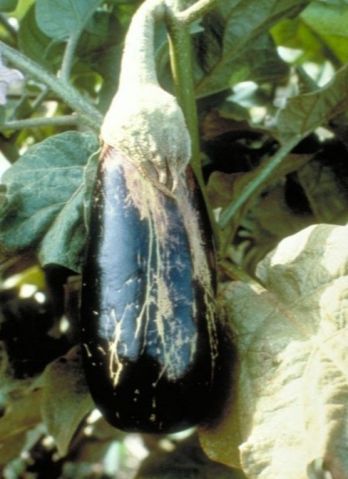Melon thrips
Melon thrips (Thrips palmi) are insects that attack a wide variety of crops and weeds and carry plant viruses.
Background
Melon thrips continue to spread globally every year, appearing across most of Asia, in Pacific Ocean islands such as Fiji, Samoa, Solomon Islands, and Tonga, as well as North Africa, Central and South America, and the Caribbean.
In Australia, melon thrips were detected in NT in 1989, later in Queensland in 1993, then in northern areas of WA in 2001. Permanent populations have since established throughout these states.
Thrips can spread by attaching to machinery, clothes and plant material. Any infestations that do not respond to commonly used chemical and biological controls must be reported.
Host material grown or packed in high-risk areas must meet Condition 16 of the Plant Quarantine Standard before entering SA. These include:
- Northern Territory
- Queensland
- Western Australia
- parts of north-eastern NSW that are within the 100km radius of a known infestation of melon thrips.
Impacts
Host crops include beans, capsicum, cucumber, eggplant, melons, pumpkin, squash and zucchini. Capsicum and eggplant are often attacked during early growth, just after transplanting. Melon thrips also target weed plants from the Cucurbitaceae and Solanaceae families.
The pest has piercing and rasping mouthparts that thrust deep into the leaf tissue, sucking out cell contents. The surface of the leaf develops a crinkled silvery appearance from the damage.
Lightly infested plants show feeding scars on the underside of leaves, especially alongside the mid ribs and veins. Heavily infested plants cause:
- silvering and browning leaves
- stunted young leaves and terminal growth
- scarred and deformed fruit, which is still edible
- distortion in the growing tips of developing leaves.
Melon thrips can be a potential virus vector when feeding on plants.
Identification
Adult melon thrips are approximately 1.5mm long and are yellow-orange in colour. They have feather-like wings with black hairs along the fringe, showing as a black line down the body. Juveniles are smaller, paler, and wingless.
Melon thrips are found most often on the underside of leaves, in flowers, and on fruit. Heavy rain tends to wash melon thrips from the surface of leaves.
The insects are not easily detectable because of their small size, so quarantine procedures are difficult to manage.
Lifecycle
There are 6 stages in the life history of melon thrips. Each female can lay up to 100 eggs, which they insert into living leaf tissue, developing flower buds, and fruit.
The first and second nymphal stages take 3 to 5 days as they feed on plant tissue. When they are fully fed, nymphs crawls to the ground and burrow a few millimetres into soil. There they can be attacked by fungi and bacteria in moist conditions.
After 2 to 3 days, adult melon thrips emerge and either climb or fly to a host plant. The period from egg laying to adulthood is 10 to 12 days at 30°C and 14 to 16 days at 25°C.


